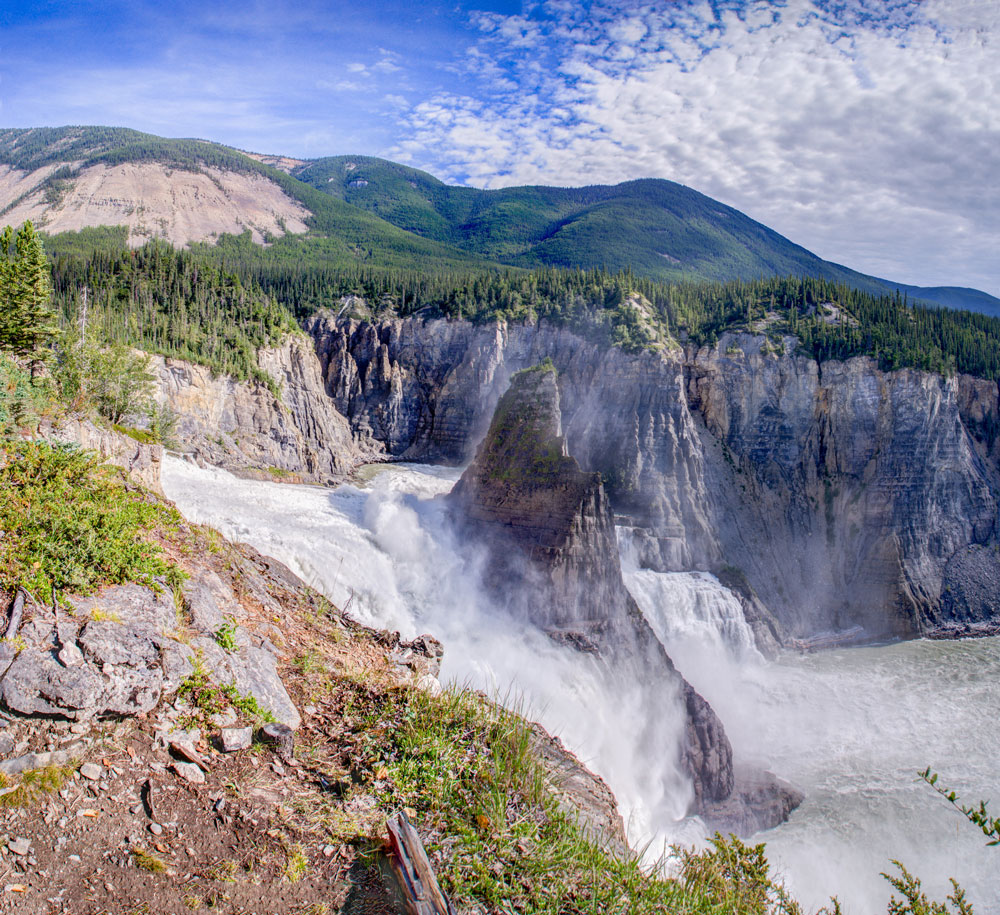
Associations Canada: The “Power of A” in the Great White North
O, Canada! You have so many awesome associations making a difference in the world. As ASAE heads north for its Annual Meeting & Exposition, we're happy to introduce a few shining stars of Canada's association community.
Canada is way more than “America’s Hat.” You’ll find proof of that in its association community.
Soon the association world convenes in Toronto for the ASAE Annual Meeting & Exposition, which officially kicks off August 12. It’ll be an opportunity for association professionals from the U.S. to explore a great Canadian city and learn more about our vast, beautiful, diverse, and economically thriving neighbor to the north.
We did a little virtual exploration and found associations in every province and territory. Read on to get a feel for Canada’s association scene, from west to east.
Provinces
(albersHeinemann/Pixabay)
British Columbia. Vancouver is the third-largest film production center in North America, after Los Angeles and New York City, so it makes sense that you’ll find a variety of film industry groups here. The Motion Picture Production Industry Association of BC, with 127 members representing all facets of the industry, represents the “voice and vision” of the sector.
Alberta. It’s the province best known on a global scale for producing the largest portion of the continent’s oil and natural gas—around 2.9 million barrels of oil and 10.2 billion cubic feet of natural gas daily. The Canadian Association of Petroleum Producers has its headquarters in Calgary and divisions in three other Canadian cities.
Saskatchewan. This is the only Canadian province without any natural borders, and economically, its claim to fame may be its mining sector, supported by the Saskatchewan Mining Association. The group represents 25 operations in the province, including those mining its large potash and uranium deposits.
Manitoba. The country’s fifth-largest province features the largest lake contained completely within Canada, Lake Winnipeg. The lake is a major draw for tourists, and the hospitality industry here gets help from the Manitoba Lodges & Outfitters Association. The lake also supports the country’s commercial fishing industry. Most fishers in the province are members of its aboriginal Métis population, who are represented by the Manitoba Metis Federation.

Ontario. This province casts a long shadow over the music world, old and new. It’s given us Bryan Adams, the Barenaked Ladies, Avril Lavigne, Broken Social Scene, Justin Bieber, and Drake (above), all of whom launched their careers in Toronto or elsewhere in Ontario. (In case you’re wondering: Grammy winners Arcade Fire hail from nearby Montreal.) The province’s music industry has a membership-based group, Music Ontario, an offshoot of the Canadian Independent Music Association, also based in Toronto. Music Ontario has had more than 3,500 artists play at its many events.
Quebec. Known for its rich French heritage, Quebec is culturally fascinating. Its unique history is preserved and honored by the Quebec Federation of Historical Societies, which has around 130 members, according to the Gale Directory. Among other things, the federation [French] works to protect the province’s natural heritage.
New Brunswick. Moving into the Atlantic time zone, this province has a well-known forestry industry. The New Brunswick Forest Safety Association offers resources to prevent workplace injuries among forestry workers. It’s also a fascinating example of an association that was decommissioned, only to be brought back to life. The group started in 1963, shut down in 1982, and relaunched in 2005.
Newfoundland and Labrador. Canada’s easternmost province officially joined Canada relatively recently, leaving behind its status as a British dominion in 1949. It has a long architectural legacy. The Newfoundland and Labrador Association of Architects launched less than a year after the province became a part of Canada.
Prince Edward Island. Canada’s smallest province covers just 0.1 percent of the country’s total land area, but it makes room for refugees from around the world. The PEI Association for Newcomers to Canada, which launched in 1993, offers short-term settlement services as well as long-term inclusion and community integration programs for immigrants.
(iStock/Thinkstock)
Nova Scotia. Here’s something you probably don’t know about Nova Scotia: The province (and Atlantic Canada in general) has a sizable aerospace sector, and it’s growing. The industry has ballooned in size by 150 percent over the last 12 years, and manufacturing in Atlantic Canada represents 7 percent of the country’s total GDP. The Atlantic Canada Aerospace and Defense Association, based in Halifax, represents the sector and its more than 200 industry members.
Territories
Yukon. With a population of slightly more than 35,000 people, Canada’s smallest territory—which shares much of its border with Alaska—is full of small communities. (The territory’s only city, Whitehorse, makes up more than three-quarters of the population.) Here’s the secret, however: All those small towns work together—as members of the Association of Yukon Communities, a group that works to build effective local governments. The association has been active since 1974.
Virginia Falls, located in the Northwest Territories. (iStock/Thinkstock)
Northwest Territories. Don’t let the sparse populations of Canada’s three territories fool you. They have tourism bureaus, too. Northwest Territories Tourism operates a site called Spectacular Northwest Territories, which tells people how to get here, as well as what they’ll find when they arrive.
Nunavut. Canada’s newest and northernmost territory, which is within relative shouting distance of Greenland, hopes to keep growing its local economy. That’s the mission of the Nunavut Economic Developers Association, which hosts workshops and training sessions for economic development officers in the territory. The group is an ambassador for the Arctic Inspiration Prize, an annual award that celebrates those who take steps to improve the Canadian Arctic and the lives of the 100,000 people who live there.
Looking for the Power of A? It’s right across the border, from coast to coast.
(Etereuti/Pixabay)









Comments